President William Ruto, who took office in September 2022, has acknowledged unemployment as a longstanding issue in Kenya, which started way before his presidency.
Unemployment in Kenya has been a serious and persistent issue, driven by structural and economic factors.
Speaking at a Police Housing Project in Kilimani Station, Nairobi, President Ruto lashed out at protestors who claimed his government could solve unemployment in Kenya despite them trusting his government to do so.
“Did all the youth have jobs before I was president? There are people who are inciting the youth into burning other people’s property and business places,” he said.
“Let us speak the truth, if people have any problem, they should speak to me. Unemployment has been there since President Jomo Kenyatta. My government is doing the best it can.”
Unemployment in Kenya
According to the World Bank, Kenya’s unemployment rate has fluctuated over the years but has remained significant.
Also Read: Govt Unveils Million Rewards Kenyan Athletes Will Receive
Unemployment ranged between 8.6% and 12.7%, peaking during the global financial crisis and post-election violence of 2007–2008.
The rate hovered around 7–10%, with structural issues like a growing youth population outpacing job creation. The economy struggled to absorb the 800,000 young people entering the workforce annually.
The COVID-19 pandemic greatly increased unemployment, with the economy shrinking by 0.3% in 2020, leading to job losses, particularly in the informal sector, which employs over 80% of Kenyans.
The government’s policies
Referring to the Affordable Housing Project, Kazi Majuu, Digital Jobs and ICT Hubs projects, President Ruto has said his government has reportedly created over 150,000 jobs in the construction and digital jobs via ICT hubs.
The Gen-Z protests of 2024, sparked by the Finance Bill, highlighted frustration over unemployment and high living costs, with young urban Kenyans feeling economically squeezed.
In 2024, only 10% of the 782,000 new wage jobs were in the formal sector, indicating a heavy reliance on informal, often unstable, employment.
The 2007–2008 post-election violence, the 2008 global financial crisis, COVID-19, and global commodity price shocks (e.g., from the Ukraine war) have repeatedly disrupted employment.
Also Read: Ruto Orders Police to Shoot Kenyans in the Leg
High public debt and a 5% GDP fiscal deficit force reliance on IMF-driven tax hikes, raising business costs, leading to layoffs and reduced hiring.
Public perception of corruption (58.5%) erodes trust. High-profile scandals, like the terminated $2 billion Adani airport deal, reinforce views of Ruto as unaccountable.
What’s next for Kenyans
Kenya’s economy is projected to grow at 5–5.5% in 2025, outpacing global trends, with inflation down to 3.8% (May 2025) and the shilling stabilized at Ksh129.24 to USD.
Long-term prospects hinge on industrialization, innovation, and climate resilience, but without addressing governance and youth demands, unrest could persist, risking Ruto’s “wantam” fate.
Follow our WhatsApp Channel and X Account for real-time news updates.
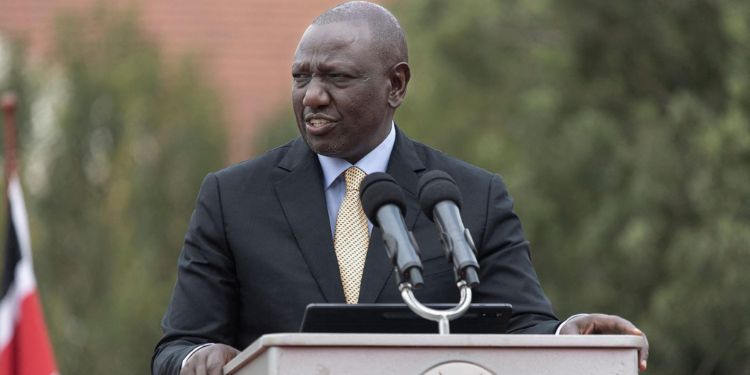


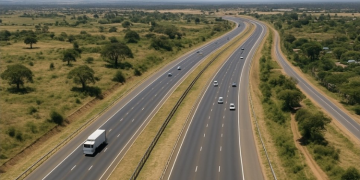

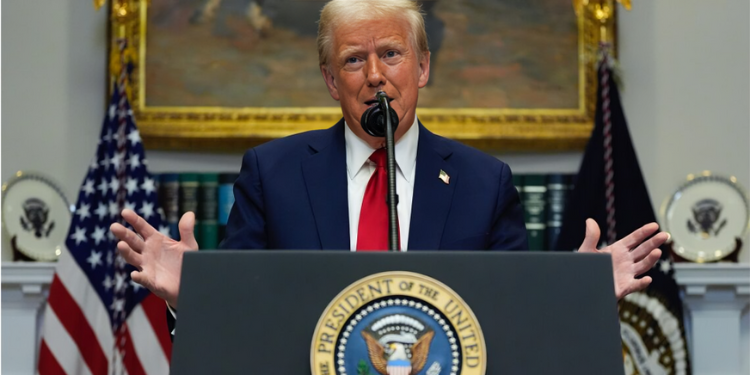

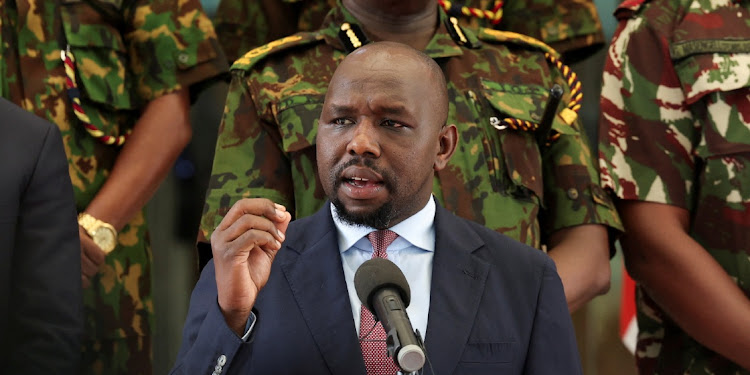
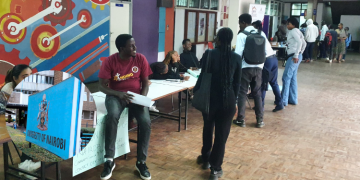



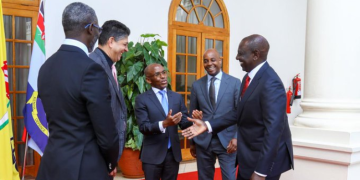

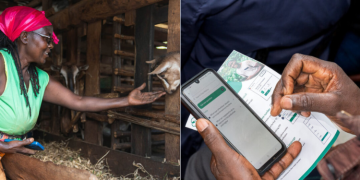
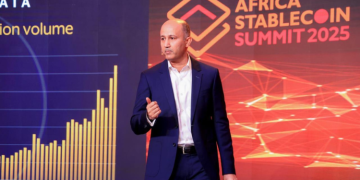


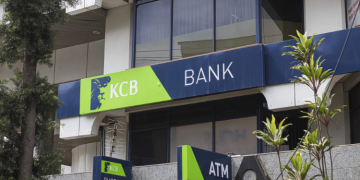
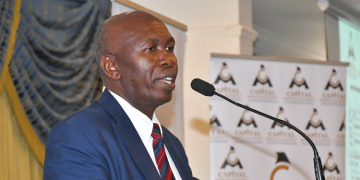



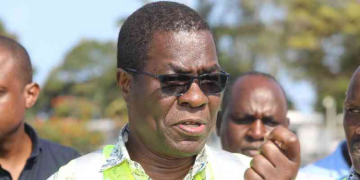



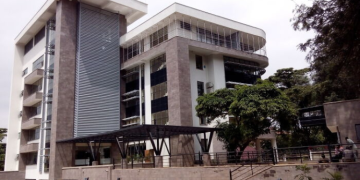
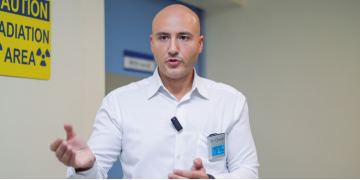



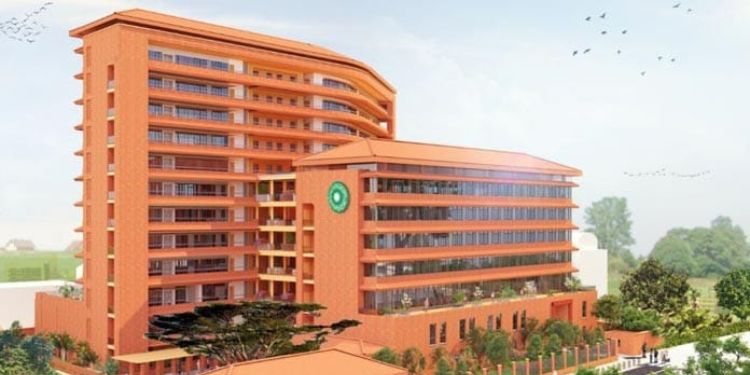
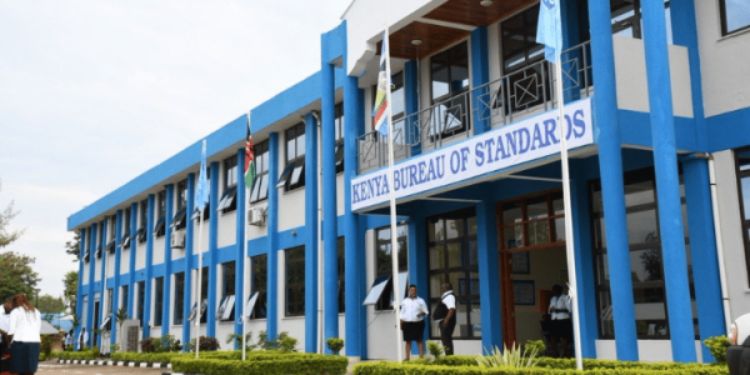

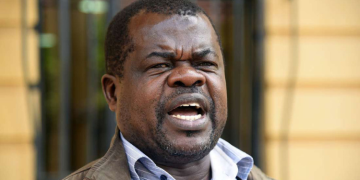







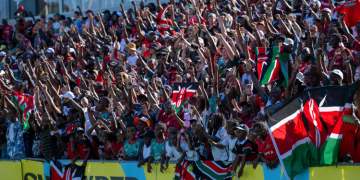





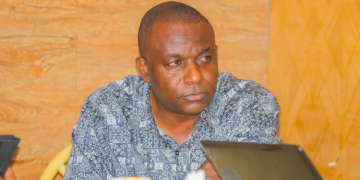













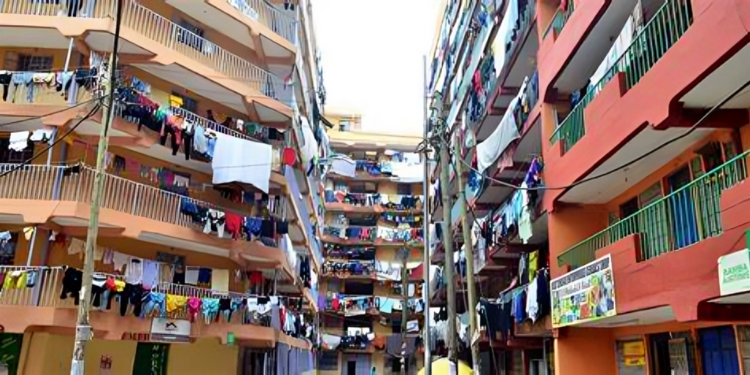
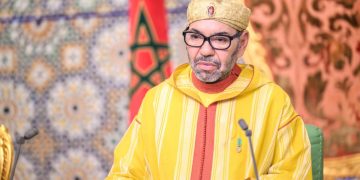
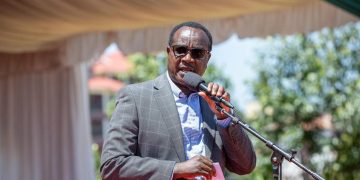

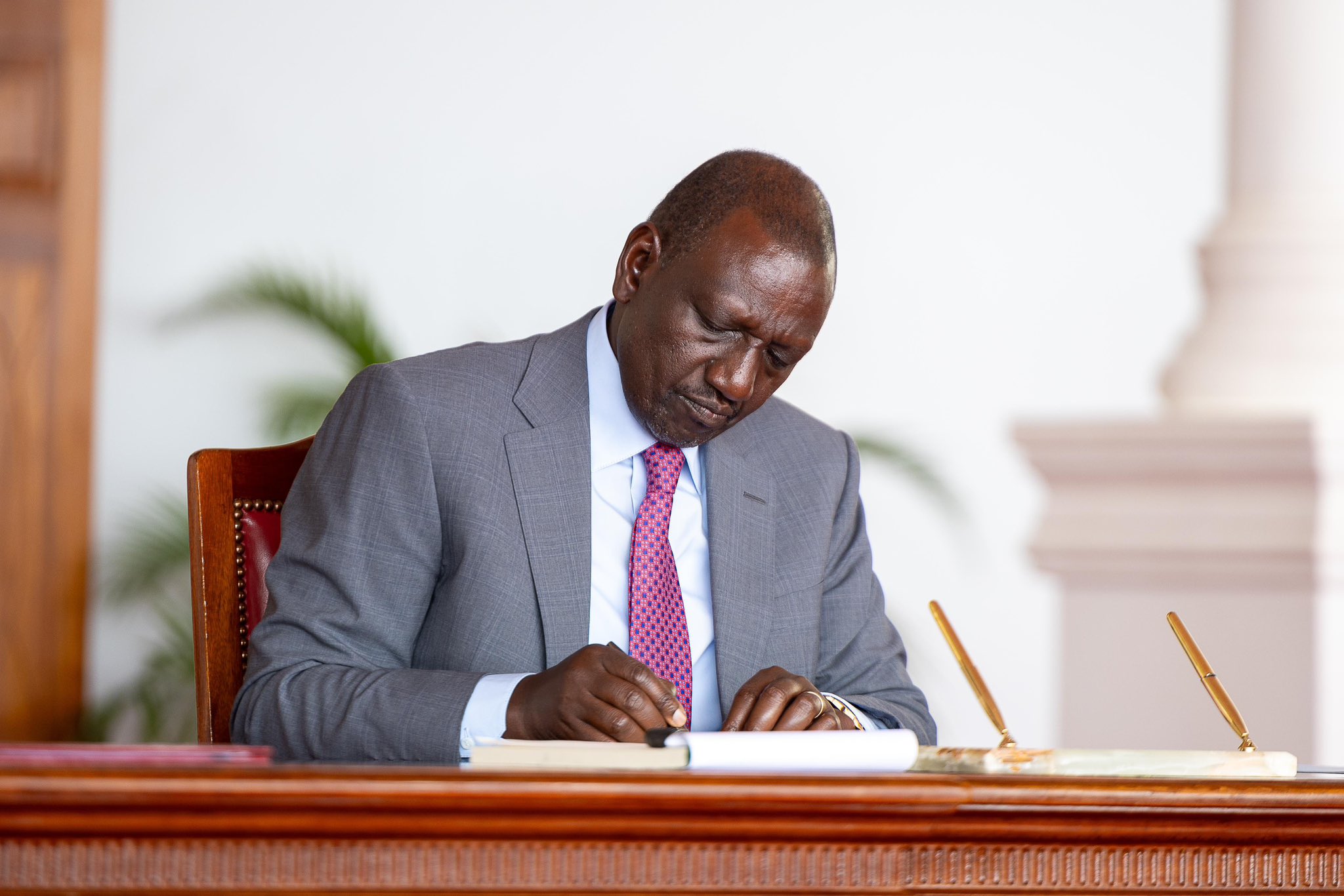
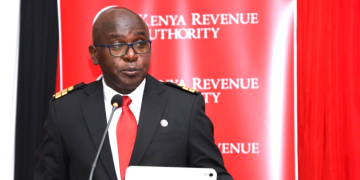

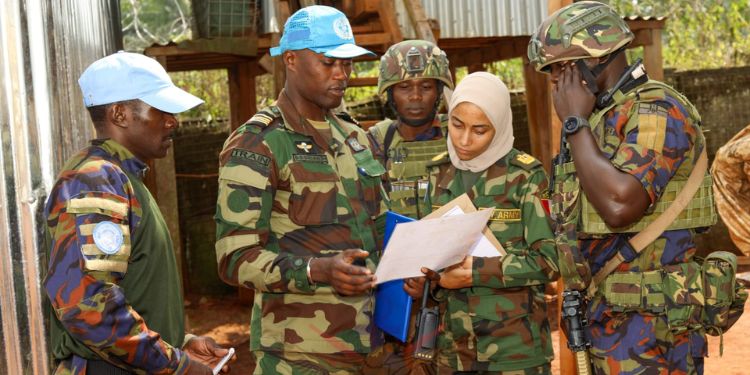

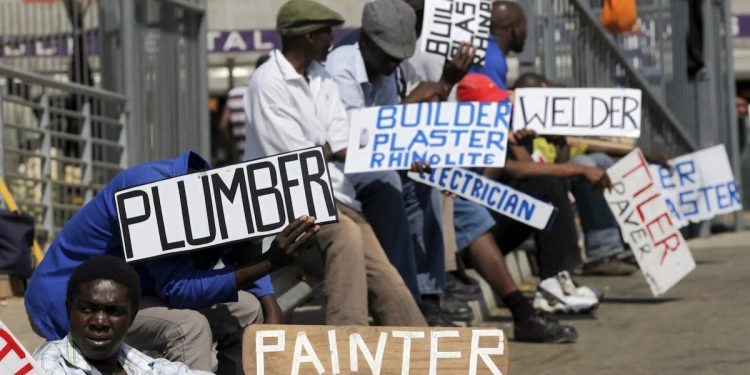




You’re so awesome! I don’t believe I have read a single thing like that before. So great to find someone with some original thoughts on this topic. Really.. thank you for starting this up. This website is something that is needed on the internet, someone with a little originality!